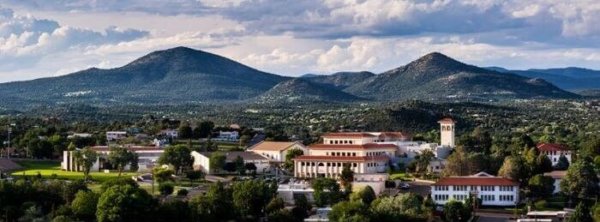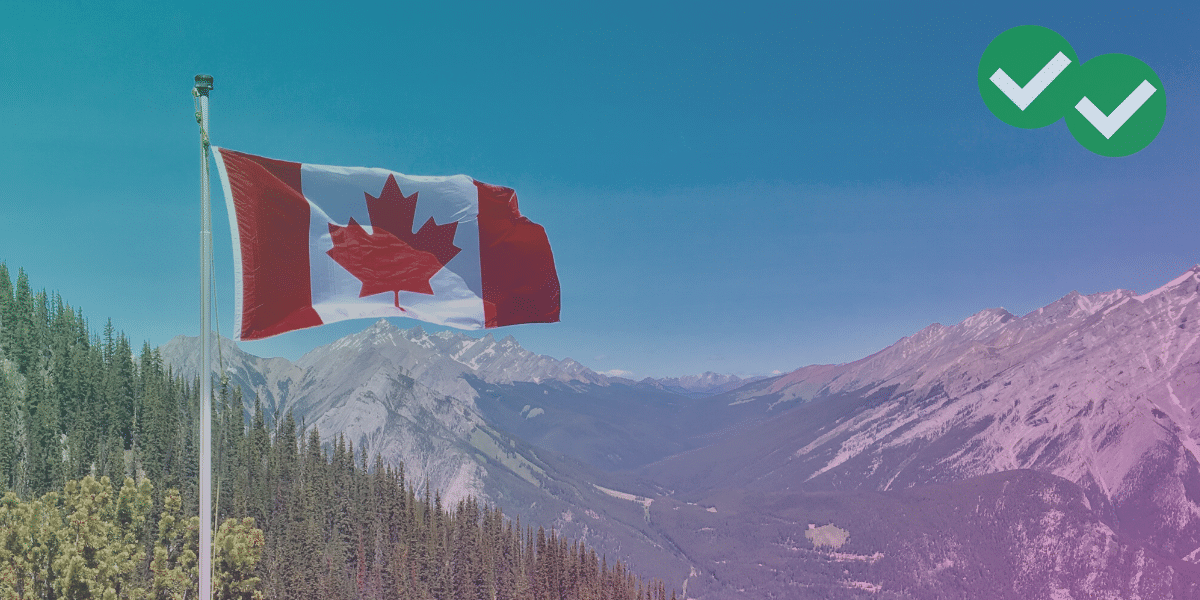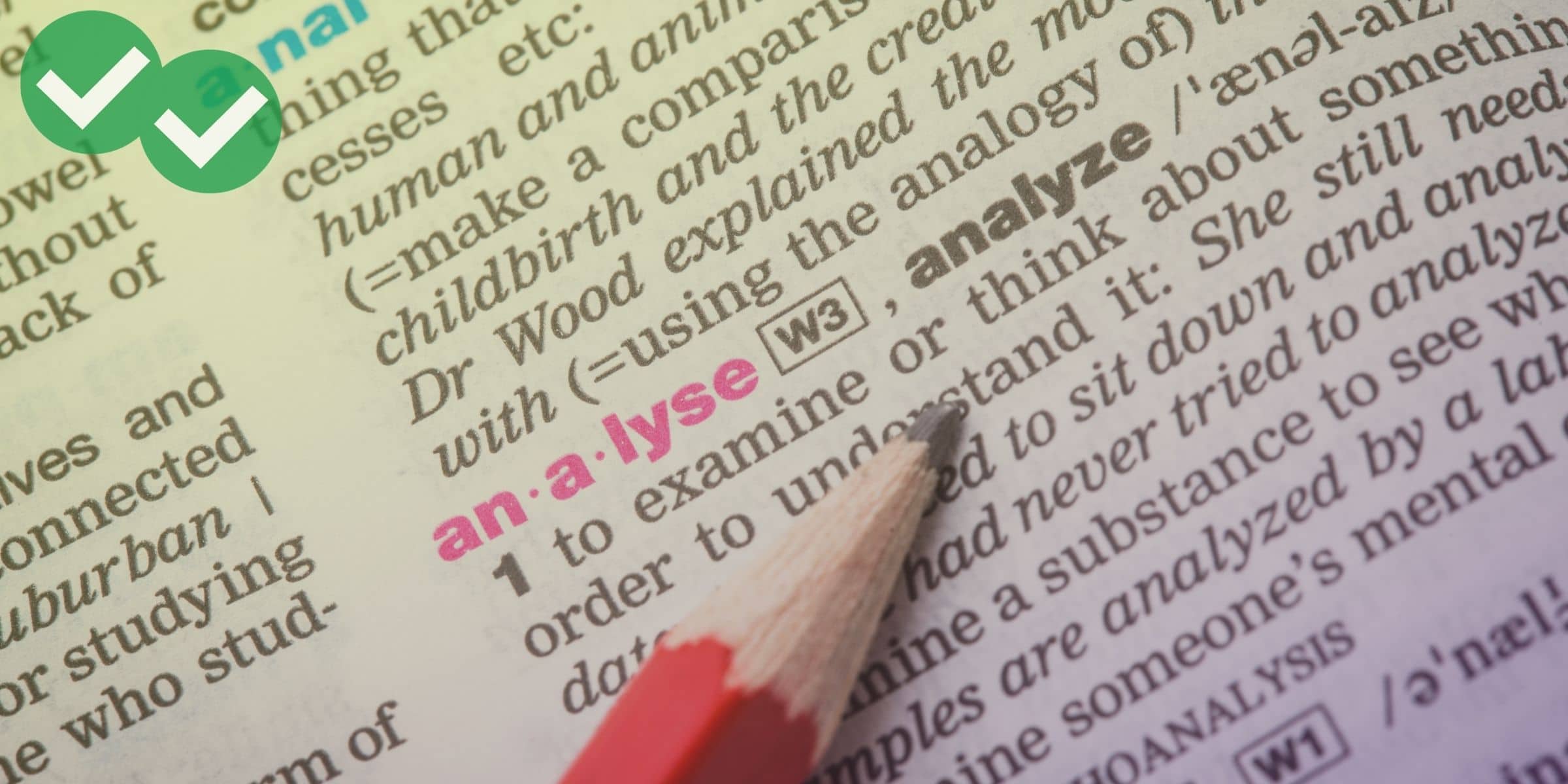
Photo by WNMU
It’s good to aim for acceptance into top schools. But I always encourage international students to consider smaller public universities too. There are a number of advantages to this option.
Small public universities are more accepting
Smaller public institutions usually have lower-than-average minimum TOEFL score requirements. And they accept a larger number of the students who apply. In fact, the difference in acceptance rates between small public schools and top quality schools can be quite dramatic. For an example of this contrast, let’s look at two West Coast United States schools. Stanford, a privately-run top university in California, has a less than 5% acceptance rate. But the acceptance rate at Western Washington University, a public school in a small town in the state of Washington, is more than 83%!
Smaller state schools are so accepting that they often create intensive English programs on-campus. In these programs, students with low English ability can improve their English. IEP students often receive conditional acceptance into these smaller public universities, and they can begin regular degree classes once their English improves.
Small public universities are more affordable
University study in the USA is pretty expensive no matter what. And public universities charge higher tuition to international students, compared to what they’d charge local applicants. Still, the savings can be dramatic. International tuition rates at a public universities can still cost tens of thousands of dollars less than the tuition at a top school.
Let’s compare two universities again. This time we’ll look at the East Coast. Princeton University, a prestigious top school in New Jersey, currently charges about $50,000 per year for undergraduate tuition. For a regional comparison, consider the University of Maine. They charge their international students less than $30,000 per year for undergrad study.
Small public universities are not bad schools
Within the U.S., smaller public universities are seldom regarded as top schools. But no one sees these schools as disreputable. And the quality of education is usually quite good. I tell you this from experience– I spent over ten years both studying at and teaching at small public universities.
As a professor, I can tell you that the international students I worked with had no problem getting into top schools for their graduate studies, provided their undergraduate public university grades were good. So you have a great shot at a grad school of your choice if you attend a small public university and take Study Cafe’s advice:
And in fact, there is even one way that the quality of education can be better at a smaller school: smaller class sizes! With lower enrollment, these small schools can offer students lot of individual attention and help from faculty. This is especially good for international students, who can use extra assistance as they study in their second language.
Small public universities show you a different side of America
Smaller state schools are usually found in smaller towns and more remote areas in the U.S.A. These communities represent a side of America you don’t see so often on postcards, or in movies or on TV. But this side of America is just as real as the America you’ll see at top schools in big, famous cities like New York, Los Angeles, Chicago, Dallas, and so on.
Many of the international students I’ve worked with at small public universities have grown to really enjoy small town life. You can have a lot of memorable and unique experiences in the “off-the-beaten path” towns and states that host not-so-famous public schools.






Leave a Reply